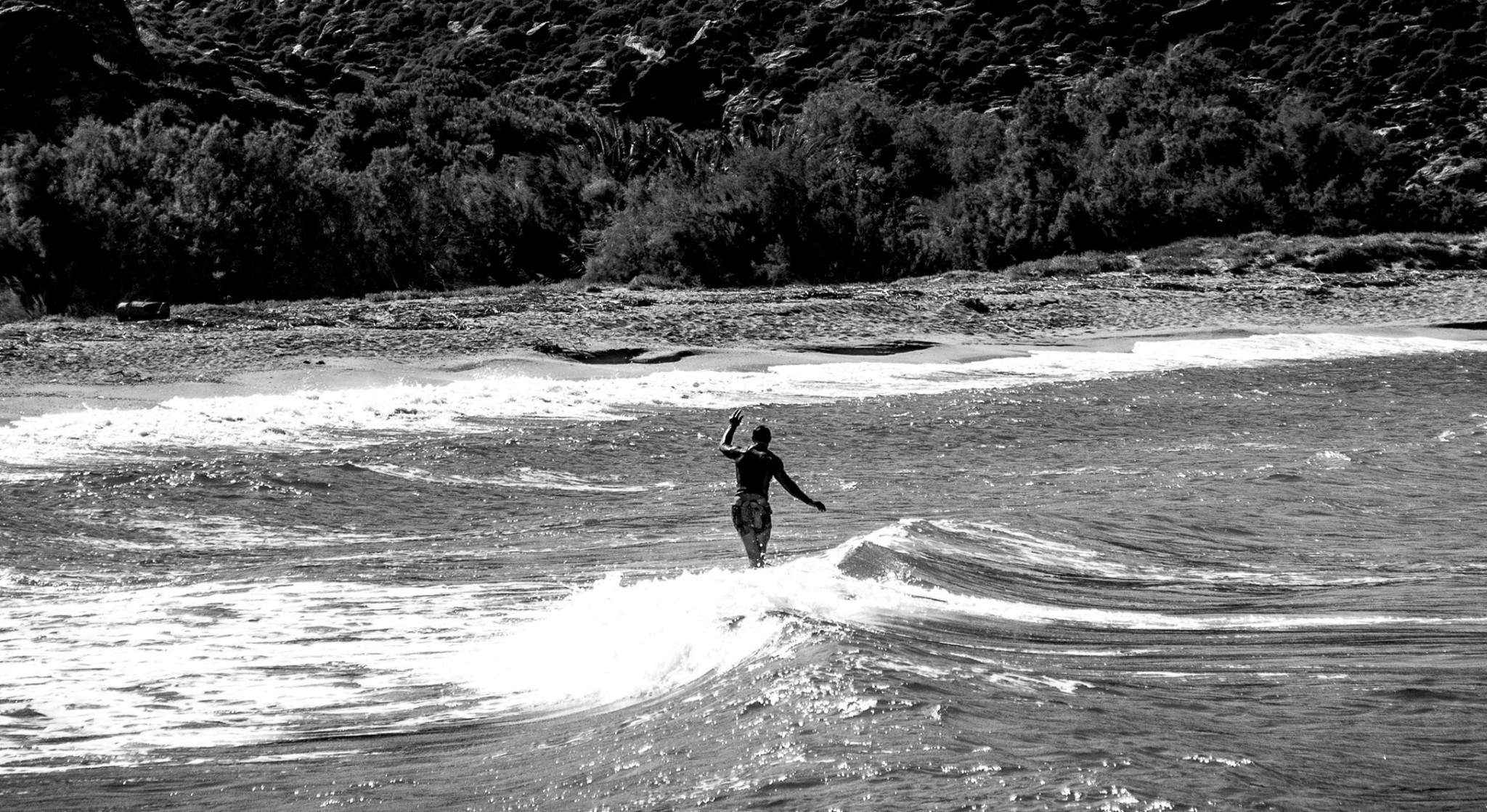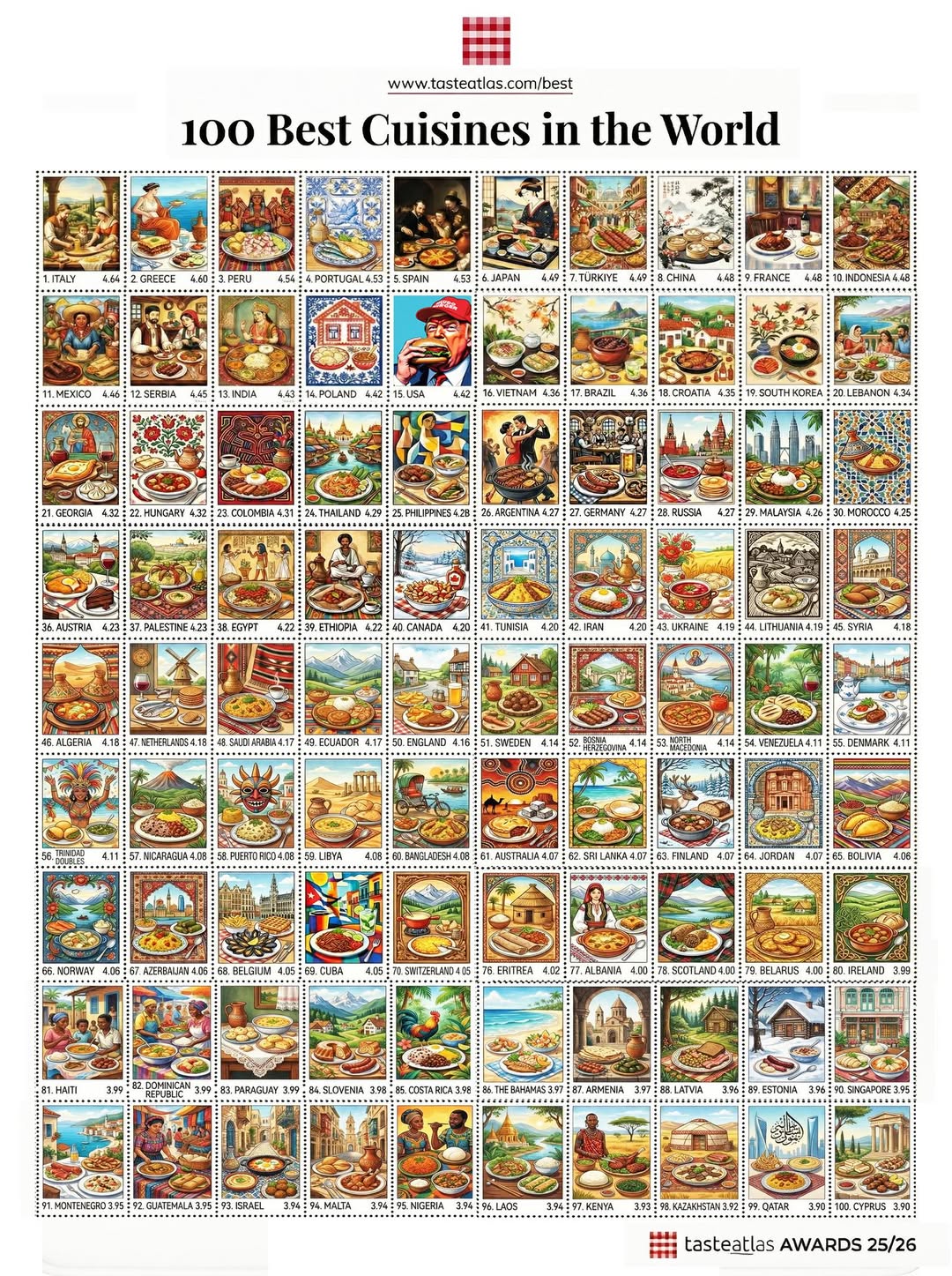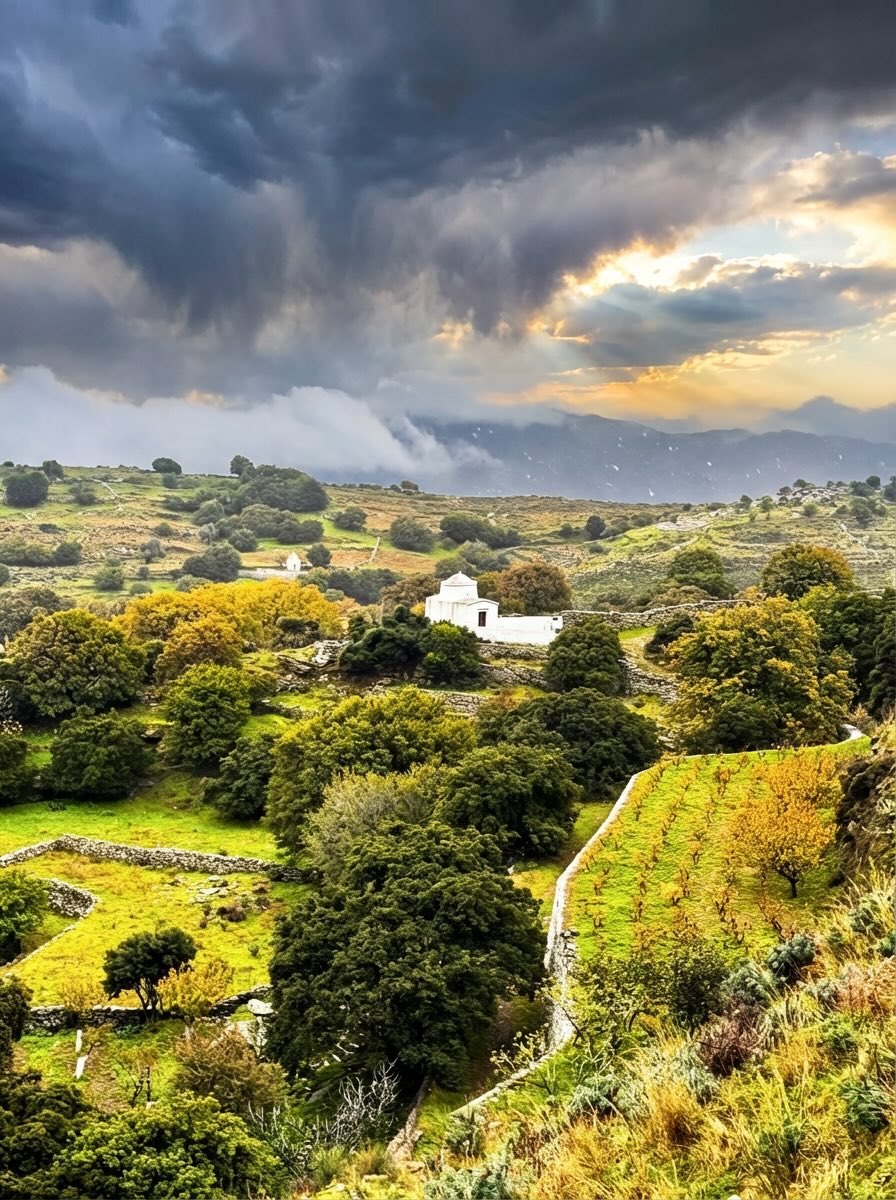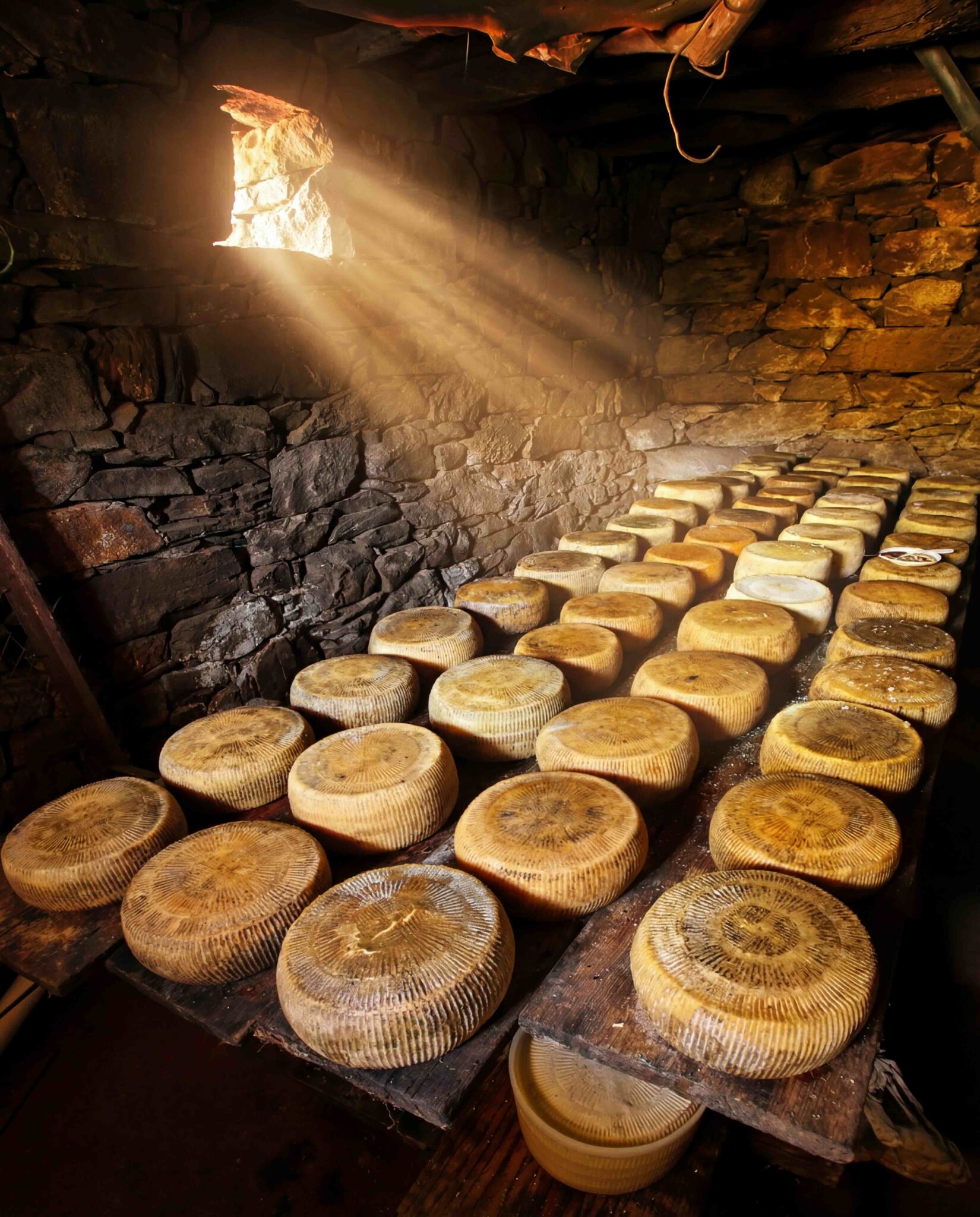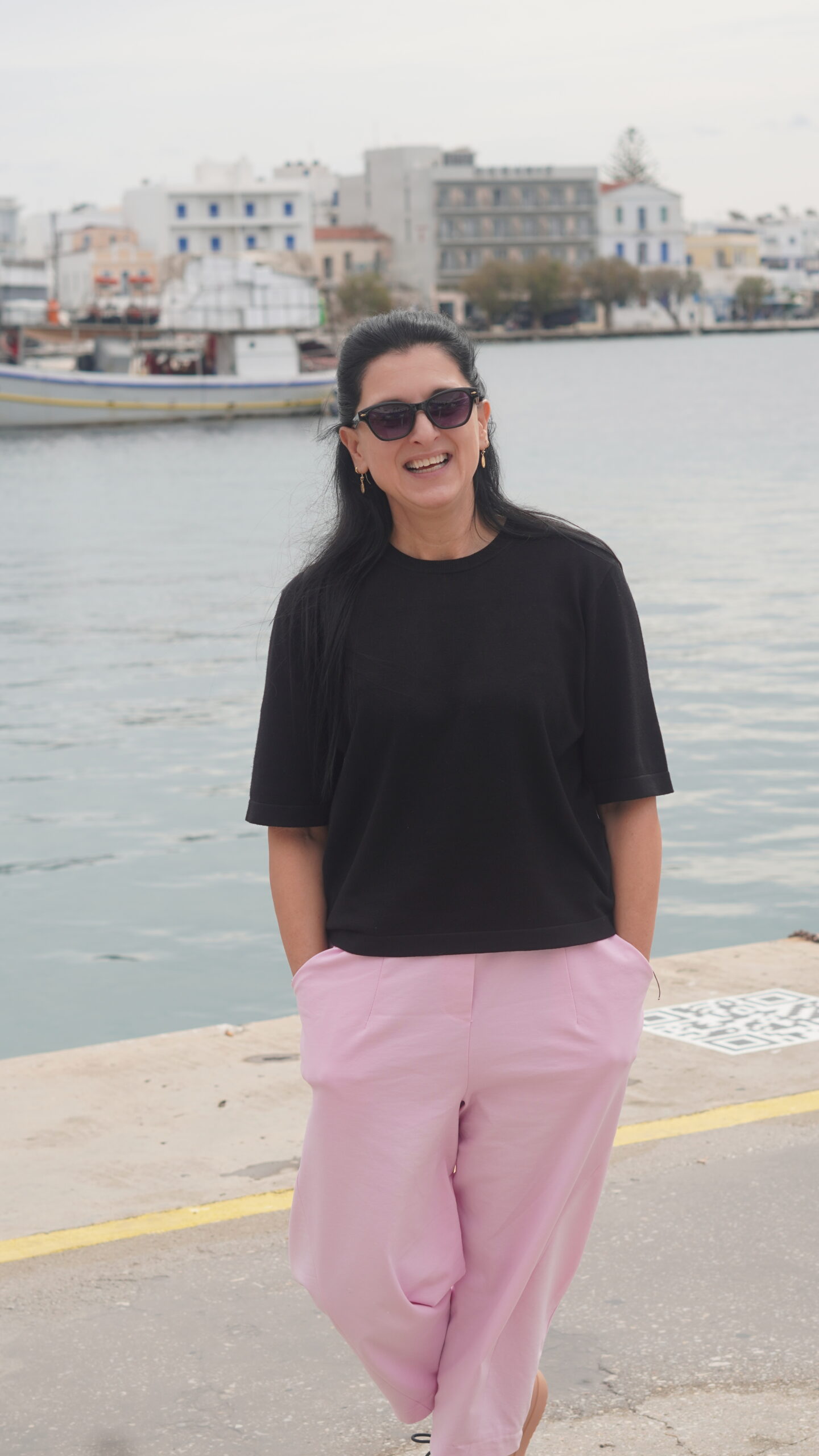“I grew up in the centre of Athens, then went to England, Tinos, and have since been somewhere between Athens and Tinos. I don’t know where I’m headed to, but it’s probably going to be somewhere near the sea,” Dimitris Karaiskos, founder of the black-and-white magazine Kyma, shedding light on Tinos and the Cyclades, informed, commenting on his multicultural course over the years. His bond with Tinos was meant to be, like all fortuitous things in life.
But, lately, he has felt unsettled by changes on the island prompted by its rising profile as a destination.
“My connection with Tinos came about by chance in the early 90s, as a result of an invitation from a friend, but I ended up associating my life with the island. Tinos is changing now and is completely tourism-oriented in the summers. The sense of measure is being lost, along with much of the island’s innocence of the past. I hope, then, that this doesn’t lead to ruptures in my relationship with the island,” explained Karaiskos.
(I remember holding a copy of his Kyma magazine for the first time one afternoon at Kolybithra beach, at the bigger of its two bays, relaxing, with a beer, under the shade of a straw umbrella. Sea, the Kyma magazine and beer, a great combination, along with the majestic waves opposite me, their splashes seemingly sound-checking nature’s stereo system).
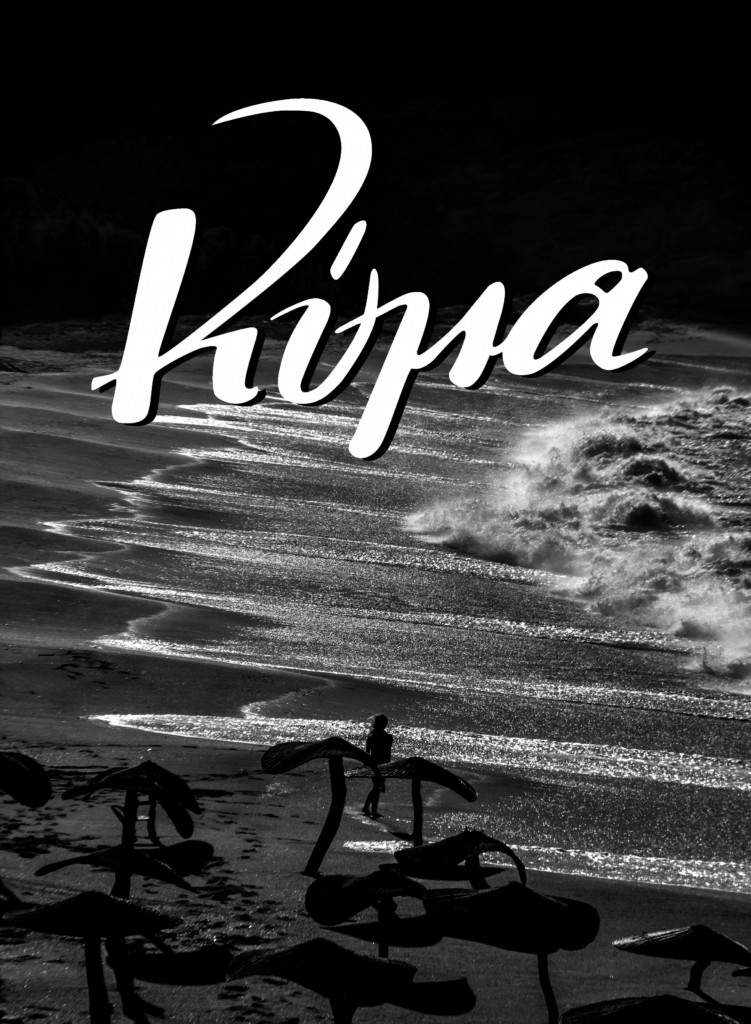
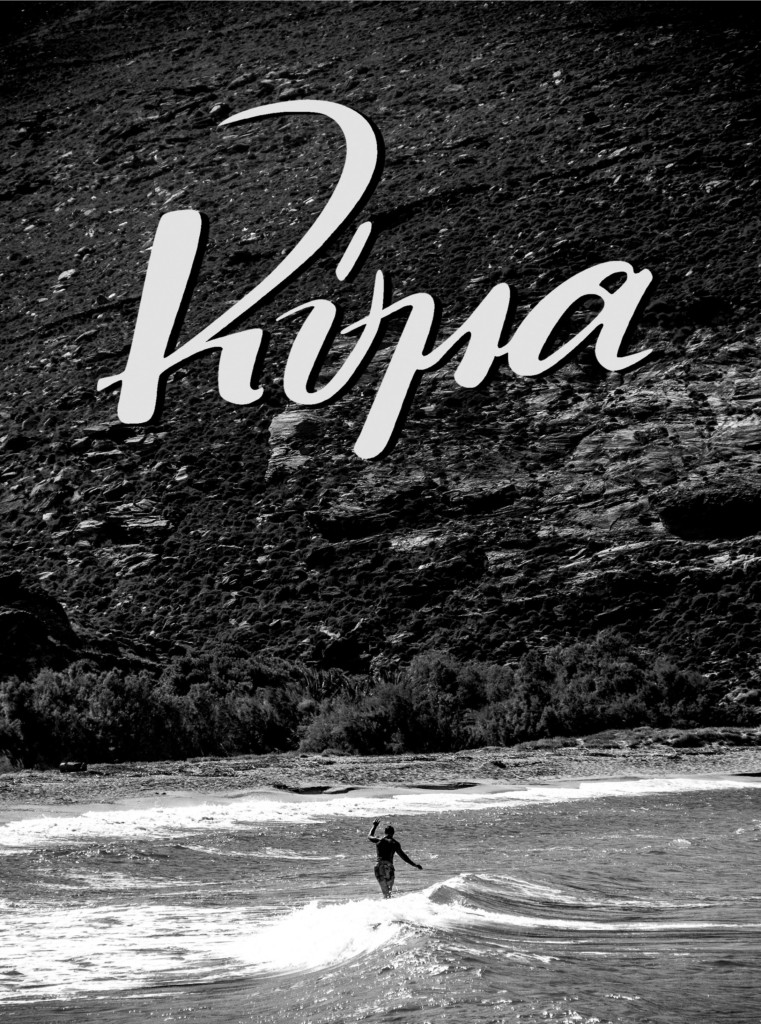
What’s the history behind Kyma magazine? What need prompted you to create it?
With the emergence of windsurfing on the island, in the late 90s, as a pretext, I thought I’d create a small publication portraying highlights of this water sport as well as the island and sea life in general. It kind of began as a fanzine, a personal project – independent, self-published; something I had always wanted to do. Kyma began as a small free-press publication on Tinos that was published once a year to present uncommon, unanticipated stories from the island. Over time, it increasingly became a more customary magazine concerning all of seafaring Greece. It is now a nautical magazine that is published twice a year, presenting original sea-related stories from Greece and around the world.
Why black-and-white?
Because Tinos, like the sea, possesses, in its various forms, sharp contrasts and textures and incisive light, elements that are all supported well by black-and-white printing. Also, because, in this form, the magazine carries a sense of nostalgia, romanticism, like something hailing from an older, more charming era.
(Karaiskos’ response prompted me to think that this timeless charm, the conflicting sense of other and familiar, the eternal and ephemeral, are all inherent on the island. Which makes it possible for visitors to become connected with the island. Visitors tend to come back to Tinos).
What aspect of Tinos do you seek to shed light on through the Kyma magazine?
The side that unveils countless stories about the island, stories that leap out, for anybody willing to search, through a precious centuries-old popular culture and a setting that is constantly unforeseeable. The island is inexhaustible in terms of original, non-obvious topics, whether these concern places, people or the local culture.
What’s your favourite part of Tinos?
Triantaros, Berdemiaros, Dyo Horia, and Arnados, villages offering a great view towards the southwest Aegean and, virtually always, even with southern winds, something cheerful in the air. There are also good spots in the Exo Meri region, in the island’s northern section, which bring you into contact with something almost metaphysical, mystical, unforeseeable.
(At this point of the interview, our discussion once again returned to the subject of the magazine, and an award it won.)
I didn’t expect it because Greece, these days, is full of amazing graphic artists who create based on exceptionally high standards and produce very impressive work that is especially appealing for awards. The moment when I rose to my feet inside the main hall of the Onassis Foundation’s Stegi building to receive the first prize at the Greek awards for graphic design and illustration for 2015 – in the magazine section – was filled with awkwardness and surprise. It also carried the satisfaction of having being recognized by people of the field as well as encouraging, reinvigorating gratification in the sense that a crazy idea you may have, could, besides being actualised as a solo project, also receive recognition, in one way or another.
(The inspiration offered by the island brought us back to our favourite subject, Tinos.)
What kind of holidaymakers are attracted to Tinos?
During the island’s more recent wave of popularity, in other words, from the late 90s onwards, it seems that Tinos has appealed to people who appreciate culture, good food and serenity far from the masses – quality tourism, as it is usually called. Even more recently, over the past three to four years, the island has also appealed to the category of people who want to go to places representing “new discovery”, in other words, people who want to go to places that make them feel like they are leading the way and know something that others do not. A certain group of tourists are already ruling out neighboring Mykonos as saturated and, instead, opting to visit Tinos, no longer perceiving the island as a religious tourism destination, but as a symbol of alternative-quality tourism. More adventurous travellers, who discovered the island some time ago, are now running to hide from this new wave of people. But this is not a new phenomenon. It has also occurred at other islands in the past. I believe that Tinos is not only being saved by the crucially significant impact of the first wave of settlers, who truly loved the island, and the quality of its culture, but also by the island’s size and countless villages. On Tinos, as is also possible in a big city, you can still, quite successfully, hide from anything undesirable.
If I were to ask you to talk to a traveller from abroad about Tinos what would you say?
I would say that, if willing to search, one will find on Tinos small amounts of the old, innocent and beautiful Greece that is now fading, a Greece that survived Ottoman rule and, over the centuries, came into contact with Italy and France. I would say that it is possible to stand at some village, at the beginning of an endless fertile plain, and feel like being somewhere in the south of France or Tuscany. I would recommend strolling at Catholic villages where grandmothers welcome you into their homes to treat you to a sweet with such good faith that erases thoughts of the wounded and suspicious Greece of wars and polarisation. I would tell of walks along marble paths in the Exo Meri region, where wayward people with distant gazes may be encountered, a reflection of the remote landscapes close to the Tinos-Andros strait, at the old stone and marble quarries. I would also say that contrasts may be found on Tinos and would recommend leaving unexplored routes for the next time, and the time after that, for the discovery, under the clearest light of the Cyclades, of the last hidden features of paradise on earth.
And what about your favourite shops on the island, just to give readers some extra information?
Well, for food, the island is a gastronomic destination, as anticipated and clichéd as this may now sound, so it’s difficult to pick specific spots. Even so, I do recommend the traditional taverna at Dyo Horia with an amazing view of the Aegean; the small eatery at Triantaros, for its meatballs prepared by Mrs. Eleni; Mikro Karavi in Hora, the main town, for its serene courtyard garden, eclectic menu and overall politeness; as well as San t’Alati at Agios Fokas beach. In the Exo Meri area, at Pyrgos, I recommend the exceptional pizza and pasta restaurant Dough & Shaker, and Marina at Panormos, for fish by the old pier. I also recommend Thalassaki, at Isternia beach, no longer a surprise tip but always a pleasure for tasting the high-flying offerings of its artistic chef Antonia Zarpa.
For drinks, I recommend Koursaros, the recently renovated old sailors’ bar in the main town. I’ve also heard that a very good new place for cocktails, Labo Art, has just opened up this summer.
For coffee, in the main town, I suggest another old classic sailors’ hangout, Xebarko, as well as Prickly Bear, situated at a quiet side street, for good espresso. Also, Kapaki, at the Dyo Horia village’s old square.
And, finally, for all the above, the lovely Triantaraki at Triantaros and, naturally, Tinos Surf Lessons at Megali Kolybithra.



